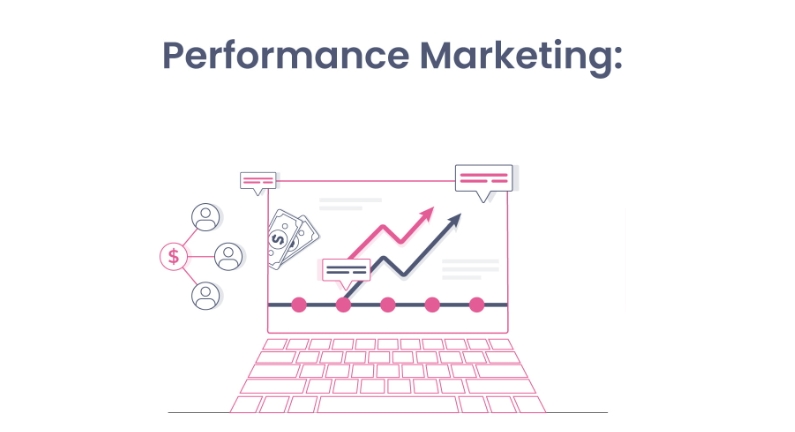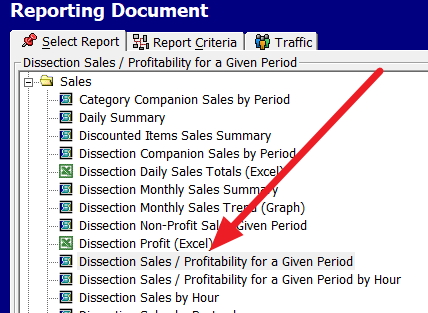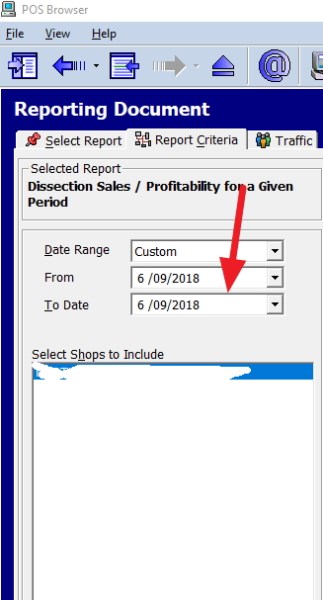
As a retailer, you need a POS system tailored to your specific challenges and needs. The right software should empower you to:
- Make data-driven decisions using robust sales reports and metrics on department performance. Identify high and low-growth areas.
- Set sales, profit, and KPIs goals and monitor real-time progress across your business.
- Focus on growing your business instead of manual processes. The software needs to handle the grunt work.
- Gain actionable insights into customer behaviour and purchasing patterns through its advanced analytics and dashboards.
- Access critical data anytime, anywhere.
The right POS system becomes a strategic asset for retailers by tackling pain points like limited visibility into performance, inefficient processes, lack of staff motivation and engagement, and more. It should work for you, not against you, so you can focus on the big picture of operating a successful retail business.
Key performance indicators (KPIs) for retailers
Understanding your daily sales performance across all departments is crucial for any retailer. It would be best if you had visibility into which areas of your store are driving revenue and profitability. You must quickly identify low-performing departments or see any operational issues impacting your shop.
That's why having a robust point of sale (POS) system like ours with detailed reporting capabilities is so important. The right POS software will help you quickly generate a dissection sales report to analyze critical metrics for each department. Do it now in seconds!
This becomes very powerful if you can get them today while the day is still fresh in your mind. The question here would be, "What financially actually happened today"
Sales data and metrics for retailers
Easy with our POS system.
Go to Sales
Now select Dissection sales for a given period (see the red arrow)

Now select the days you require

In this case, I will choose today.
Now pops out a report full of relevant KPIs details for that day, including numbers, sales profit, scan rate and much more broken down by departments.

And that is only the beginning.
There are many more KPIs listed for you to look at. You can also specify other dates to analyse more. For example, look at yesterday's sales for comparison while these details are fresh in your mind to increase sales, improve efficiency, and reduce costs. It will also help you to understand what's driving performance so improve your retail sales performance.
Some of the Sales Data and KPIs Metrics Provided
The dissection sales report provides a wealth of data for each department, including:
-
Number of sales transactions - How many sales occurred? Is your shop layout reflecting your current sales?
-
Total sales revenue - Which departments are bringing in the most money?
-
Gross profit - Where is your profit coming from now?
-
Margins - What departments are bringing in good margins now? Can these departments be improved?
-
Scan rates - Highlights barcode or POS system issues impacting scans. Where are the problems in either your or your suppliers' data?
Deeper Analysis and Comparisons
In addition to these KPIs, you also get valuable analysis from other reports in that section such as:
-
Top-selling products by department - Know your winners and losers.
-
Sales comparisons to previous periods - Easily spot trends and anomalies.
-
Insights into results - How did promotions, holidays, weather, and other impacts on sales?
Using the Data to Improve Performance
With the level of detail in the dissection sales report, retailers can better understand what's driving performance and where more focus is needed. You can identify high and low-performing departments, operational issues, staffing needs, merchandising opportunities, ineffective promotions, and much more.
Let the data guide your decisions to improve staffing levels, inventory planning, marketing initiatives, and overall strategy in each business area. The POS sales metrics will point you to what's working well and what needs more attention to optimise sales and profitability across every department.


